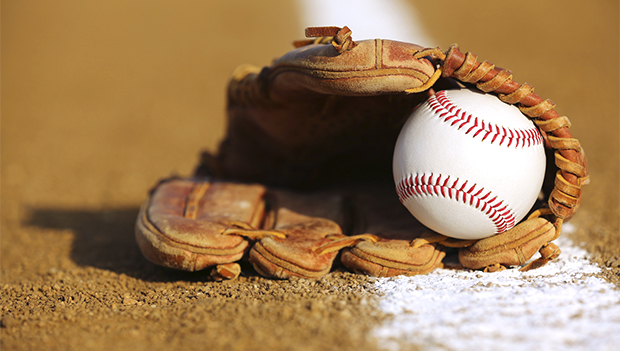Blog
Physical Fitness and School
- December 16, 2021
- Posted by: Healthy Young NV
- Category: Uncategorized

PHYSICAL FITNESS AND SCHOOL
As school starts back up and we are once more stuck indoors most of the time, the need for physical fitness becomes ever important again. According to the CDC, it is recommended that kids and adolescents ages 6 to 17 years old should engage in 60 minutes or more of physical activity per day. Although this is recommended, it has been shown that less than one quarter of adolescents get that much exercise regularly. Regular physical activity is important at these ages due to bone development, cardiorespiratory health, and reduction of anxiety or depression. A lack of physical activity can lead to energy imbalances, obesity, or eventually more serious diseases, such as diabetes or osteoporosis (due to low bone density).
Fitness and Cognitive Health
Regular physical fitness can even help you perform better in school! Students who are more active have been proven to have better grades, attendance, and performance in class due to the positive effects physical activity has on improved concentration and memory. This is due to the increased endorphins, which is the “feel good” hormone” that can increase your focus, mood, and self-esteem. On the other hand, students that watched TV or played video games for 3 or more hours per day on average had lower grades. So if you’re looking for ways to gain a positive outlet and increase your focus in school, getting regular physical activity may be your first step.
Even though you know it’s important to be active, it may be hard for you to motivate yourself to move every day. I know it can be for me. If your goal is to do some form of physical activity every day, group workouts or team sports can help with this. The benefits of joining a team sport also include increased social engagement, as well as a great outlet for emotions. Personally, as a student I have played sports ever since I was in the 4th grade. As a shy kid, sports helped me make lifelong friends that I still have today, gain social skills, and develop good sportsmanship. Team sports also taught me what I could achieve when I put my mind to it and increased my self-confidence. As a young adult, going into the workforce, it is nice to be able to say that I can also work with a team of people in a professional environment. However, depending on the person, sports may pose different setbacks and may not be for everyone.
Injury Risks and Recommended Activities
Although daily movement is important, pay attention to what kind of movement you’re getting in. Make sure to pay attention to injuries and other health factors. For example, when dealing with an injury, it is extremely important to allow that injury to rest and heal before getting back into exercising again. And the same goes for when you are sick. Playing or exercising with an injury or illness will do your body more harm than good in the long run, and in some cases may even result in lifelong chronic injuries. To further avoid injuries, it is important that you stick to body weight exercises, as bone density and tendon strength is not yet to the level where heavy lifting is considered safe. Activities such as yoga, rock climbing, gymnastics, and other group sports such as softball, basketball, or swimming would be safer alternatives until you are about 15 or so.

Lifestyle Aspects
In getting all of this physical activity, it is important that you make sure you’re eating the right amount of calories for your needs. Depending on if you are more active because you’re involved in a sport, or a little bit less active, your calorie needs may differ from other people your age. Make sure to talk with your pediatrician or doctor about this the next time you’re in for a visit. Last but certainly not least, it’s important to get at least 8 to 10 hours of sleep per night, as this is vital for your body to heal itself and grow. Getting adequate sleep every night will also help you improve your focus and concentration with being in school and having school work.
Overall, try to pay attention to how much activity you are getting each day. If you cannot find the time to be active each day, then aiming for at least a few times a week is a good goal. In the long run, it will help you in many aspects of your life and you may see many areas improve, such as your homework grades and your level of attention in school. If you have the opportunity, try out a new sport, join a new team, or just go shoot some hoops with your friends. It may be difficult to get into the habit of being active, but once you incorporate different ways of being active into your life, it’ll become your new normal!
Resources
Physical Activity and Sedentary Behaviors and Academic Grades
